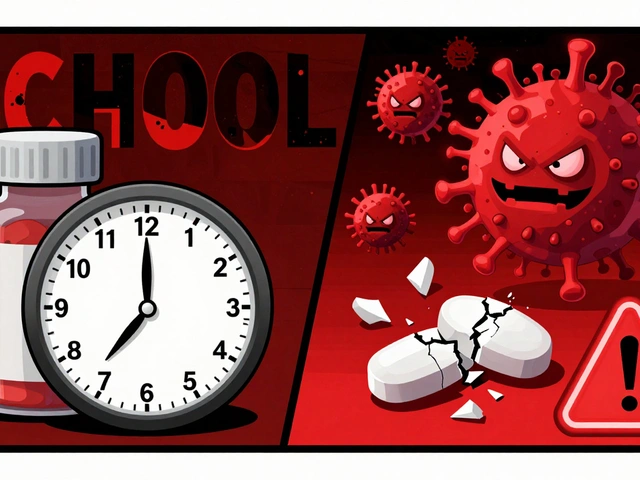Baclofen Usage: Simple Tips for Safe and Effective Use
Ever wonder how to get the most out of baclofen without nasty surprises? Baclofen is a muscle‑relaxing drug that doctors often prescribe for spasticity, back pain, or certain nerve issues. Below you’ll find straight‑forward advice on when to take it, how much, and what to watch out for.
When and Why Doctors Prescribe Baclofen
Baclofen works by calming down overactive nerves in your spinal cord. That’s why it helps people with conditions like multiple sclerosis, cerebral palsy, or severe muscle cramps. Your doctor will usually start you on a low dose—often 5 mg three times a day—to see how you react before slowly raising the amount.
Typical maintenance doses range from 30 mg to 80 mg daily, split into several smaller pills. Some patients need even higher amounts, but only under close medical supervision. The key is consistency: take it at the same times each day so blood levels stay steady.
Tips for Safe Baclofen Use
First off, never change your dose without talking to a doctor. Cutting back too quickly can cause withdrawal symptoms like anxiety, high fever, or seizures. If you miss a dose, take it as soon as you remember—unless it’s almost time for the next one, then just skip the missed pill.
Drink plenty of water and avoid alcohol while on baclofen. Alcohol can amplify drowsiness and increase the risk of falls. Speaking of drowsiness, plan ahead if you feel sleepy; don’t drive or operate heavy machinery until you know how the drug affects you.
Common side effects include dizziness, nausea, or a dry mouth. Most of these fade after your body gets used to the medication. If you notice severe muscle weakness, trouble breathing, or an allergic rash, call your doctor right away.
Keep a list of all medicines and supplements you’re taking. Baclofen can interact with drugs like antihistamines, opioids, or certain antidepressants, making side effects worse. A quick chat with your pharmacist can prevent unwanted combos.
Store baclofen at room temperature, away from moisture and heat. Keep it out of reach of children—accidental ingestion can be dangerous.
Finally, track how you feel. Write down the time you take each dose and any symptoms that show up. This log helps your doctor fine‑tune the dosage and catch problems early.
By following these practical steps, you can manage spasticity or pain with baclofen while minimizing risks. Remember, the medication works best when paired with a clear routine, honest communication with your healthcare team, and a bit of personal monitoring.





